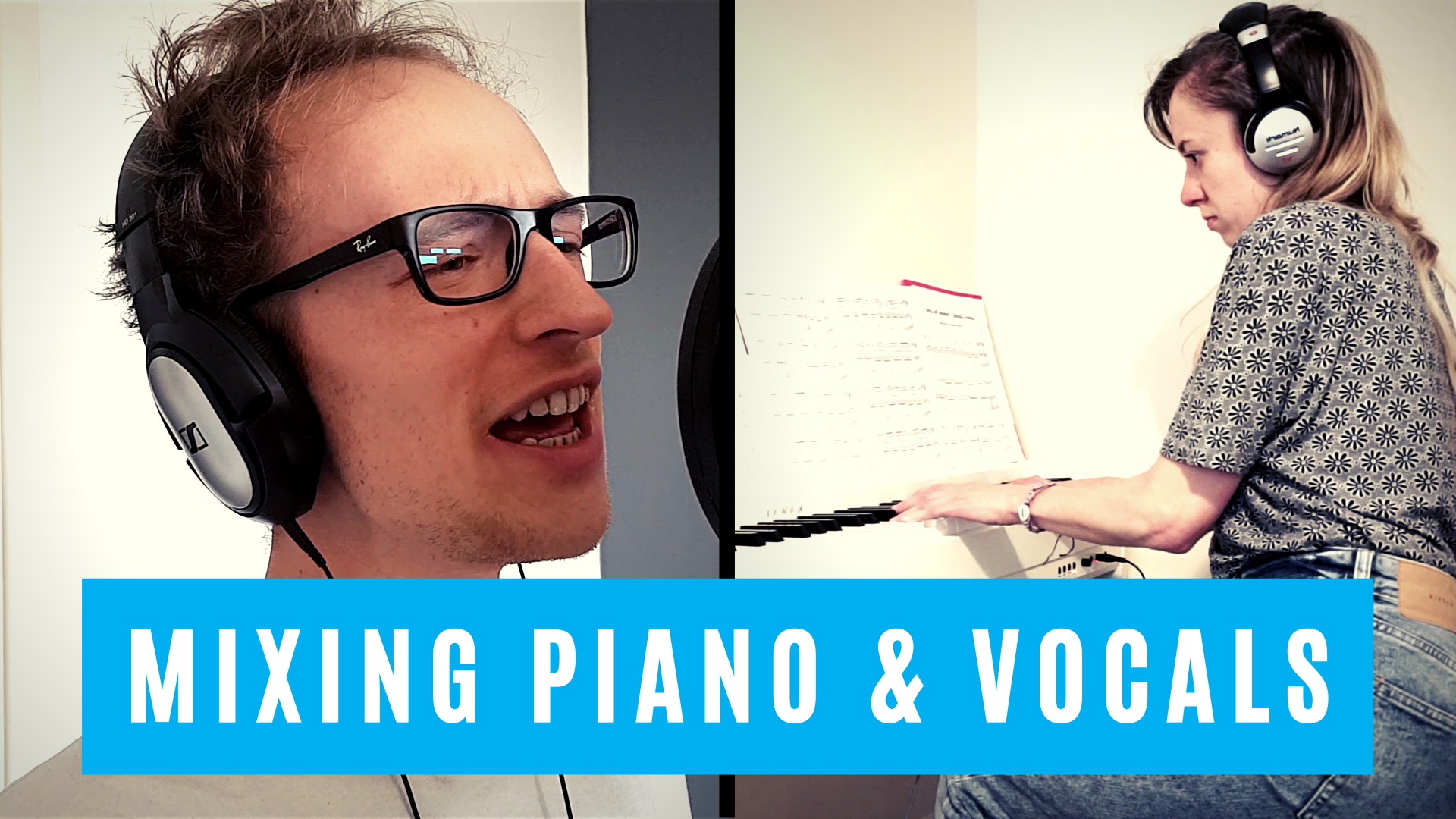
This will just produce a confusing, muddy mix. First Cut then Boost the Needed Frequenciesĭo not be tempted to boost the wanted frequencies and leave the unwanted in. This cleans up the overall sound, giving the frequencies you do want more clarity. Once you have them, try to cut them from the mix. The first step you must take when doing EQ is to identify any unwanted frequencies. This is why it is essential to have a good ear and be able to identify what instruments and frequencies are working within your music in a live mix. This can mean that your EQ in the soundcheck sounds very different from the actual performance. In addition to this, the sound will change depending on the number of people that fill it. The shape of a venue and the sound sources are the main factor, meaning EQ will be different every time you set up. Literally, anything can impact the sound of a performance. Once it bleeds into other sources, it distorts the overall image and picture. By pocketing each instrument in a frequency range, it’s possible to avoid unclear, muddy mixes and wailing feedback. EQ will allow you to identify and correct these problems.ĮQ will also let you individualize each instrument or sound source. Perhaps the vocals are too quiet, or the treble on the guitars is overpowering.

It may be that the sound is too bassy or that the cymbals are cutting through too much.

Essentially, you are trying to make the sound as clear as possible for the audience without any sudden jumps or peaks in the mix. Of course, some of this is down to personal preference, but there are some universally acknowledged truths that equate to bad sound. To get a good, solid EQ, you must first have developed the ear to recognize what “good sound” is. This is done by manipulating the sound sources’ frequencies as they come through the microphones and sound equipment. It is the process in which sound is mixed to provide an equal, balanced tone for the listener. Tips on How to EQ Specific Live Sound SourcesĮQ is the short term for equalization.Understanding The EQ Architecture of the Mixer.Slow and Incremental Changes are Your Best Bet During the Live Performance.

First Cut then Boost the Needed Frequencies.


 0 kommentar(er)
0 kommentar(er)
